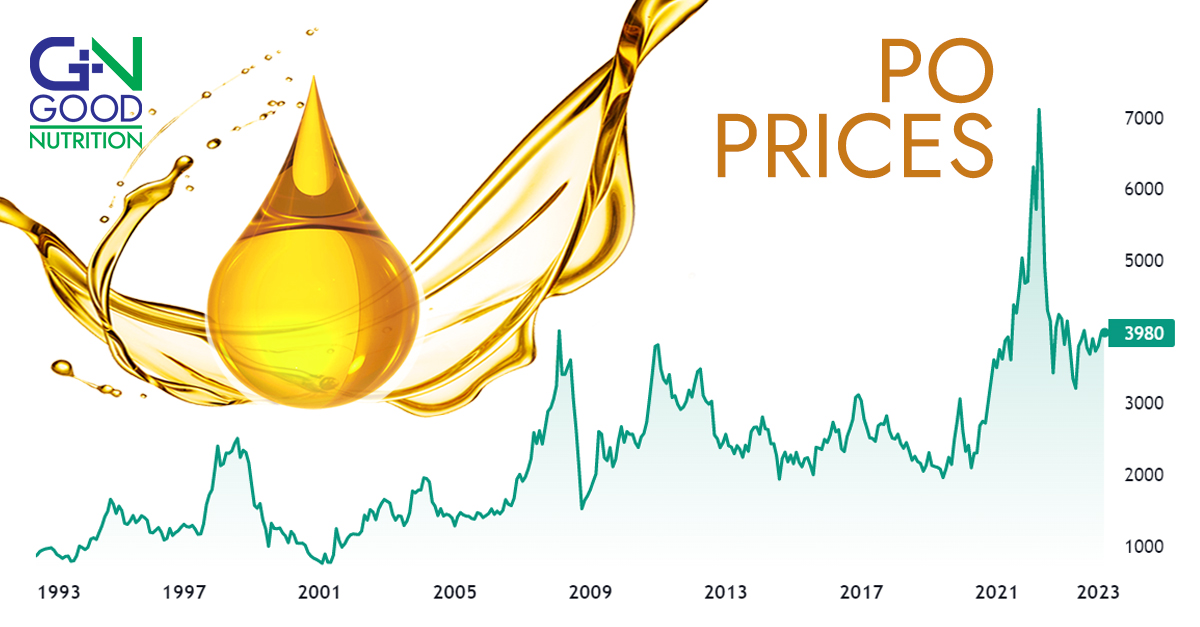In the 1990’s, lipids (fats and oils) were cheap; about USD 300/metric ton (1990) therefore adding lipids to feed was a competitive option. However, with the global push towards sustainability, more lipids were used for manufacturing of biodiesels. As a result of using lipids for fuel, lipid prices sky rocketed and at its’ peak during Covid, it was around USD 1800/mt. It has since stabilised at USD 900/mt. However the future of lipid supply looks even tighter (less supply volume) as governments commit to higher biodiesel usage. Due to this trend, we expect lipid prices to keep increasing in the future. With this backdrop, GN Good Nutrition has manufactured lysolecithin to optimise the use of lipids in feed to help farmers reduce costs.
History of Fats and Prices

More articles

Feeding Fats And Oils To Broiler Chickens – Effect On Carcass Quality
In broiler production, fats and oils are often seen simply as concentrated sources of energy but their impact reaches much further. The right balance of lipids can enhance carcass quality, optimize yield, and even influence meat composition and consumer satisfaction.

Feeding Fats and Oils to Poultry: More Than Just Energy (Nutritional Strategies to Mitigate Heat Stress)
Heat stress is one of the biggest challenges in poultry farming, especially in hot climates. High temperatures reduce feed intake, growth performance, and welfare of birds. To counter this, nutrition plays a central role.


